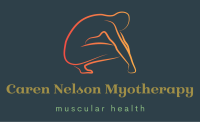SOME OF OUR SERVICES
01.
Myotherapy
Myotherapy focusses specifically on the assessment, treatment and rehabilitation of muscle and joint pain, for improved mobility and reduction of hyper-sensitivity.
Myofascial pain syndrome (MPS) is a term to describe acute or chronic musculoskeletal pain and tenderness. Myofascial trigger points that elicit localised or referred pain patterns can become chronic if symptoms are not readily addressed causing our neuro-cellular network to overload resulting in sensitisation of muscle and ongoing tenderness.
Orthopaedic clinical testing and patient signs and symptoms help a therapist to diagnose acute and chronic pain conditions. Behavioural, postural and neuromuscular conditions including tingling, cramps, sharp shooting pain and lack of sensation can develop into specific referred patterns of pain that may lead to headache, fatigue, weakness and immobility. Overall, how our body interprets pain, manifests how we respond to it.
“Pain is real and can be a debilitating part of life. Every person’s interpretation and experience should be respected, as it is now known what makes you hurt, can also be a factor in how you overcome pain” (Butler & Moseley 2018).
At Caren Nelson Myotherapy, we are focused on improving your quality of life and getting you back doing the things you love.
02.
Temporomandibular Joint (TMJ) Disorders or TMD
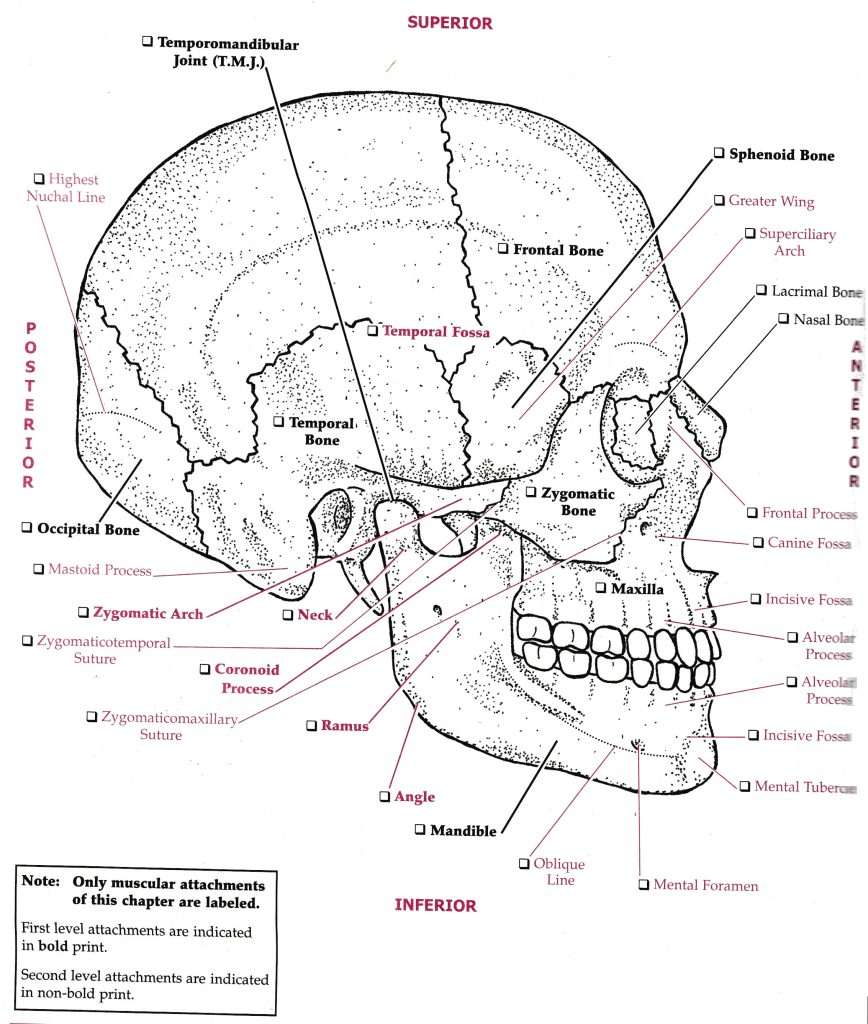
The TMJ is the most complex joint in the body, providing a hinging and sliding action that opens and closes the mouth, while contributing to chewing, swallowing, talking, yawning and sneezing amongst other actions.
The TMJ sits on both sides of the head sitting anteriorly, just below the ears. It has an articulating disc and soft connective tissue to assist in forward or backward actions for elevation and depression of the jaw and rotational movements or moving the lower jaw side to side.
Trauma, joint overload and abnormal slippage at the articular disc is often caused by friction, resulting from soft tissue tension and pain. As the joint becomes restricted, pain can increase during chewing and yawning, referring pain to the top of the head with increased ear pain and abnormal clicking during jaw movements. Anxiety and stress can result from lingering symptoms of restriction and poor range of motion. It is important to alleviate symptoms before they become a chronic condition affecting not only the joint but our emotional state.
TMJ jaw joint pain is quite common, but the causes are variable. These can include: inflammation, gum chewing often resulting from forward head posture that puts strain on the neck and jaw, arthritic conditions, grinding of teeth, collision injuries (falling forward on chin) or infections deep in the jaw. As stress and anxiety are also known contributors of TMJ disorder, a painful joint causing restriction and reduced range of motion will elevate anxiety symptoms.
TMJ pain is typically localised at the jaw, face muscles and connective tissue. Recent studies also suggest spinal curvature or scoliosis is a likely contributor to TMJ pain conditions as it causes imbalance affecting both the jaw joint and spine.
Irregular lateral joint movements can cause clicking when opening the mouth and when moving the chin to the painful side, interrupting chewing actions with a tendency to muscular spasm.
Overuse or jaw strain can also result from repetitive chewing actions and biting of gums that may result from mal-alignment at the jaw and disc displacement adding to stress related tension.
The combined application of manual therapy and exercise prescription helps to alleviate TMD symptoms. When applied to both areas of the face and neck, it will help restore muscular control affected by symptoms of pain and mal-alignment which is the most potent risk factor of structural deterioration at the joint.
Relaxation techniques can have a positive affect on pain and range of movement, as they can help to relieve stress and tension that becomes all consuming when afflicted by constant pain.
Overall, functional, structural and psychological factors are associated with the most frequent symptom of TMD, being pain that can affect your eyes, ears and throat producing neck and facial pain as well as headaches.
03.
Manual Lymphatic Drainage
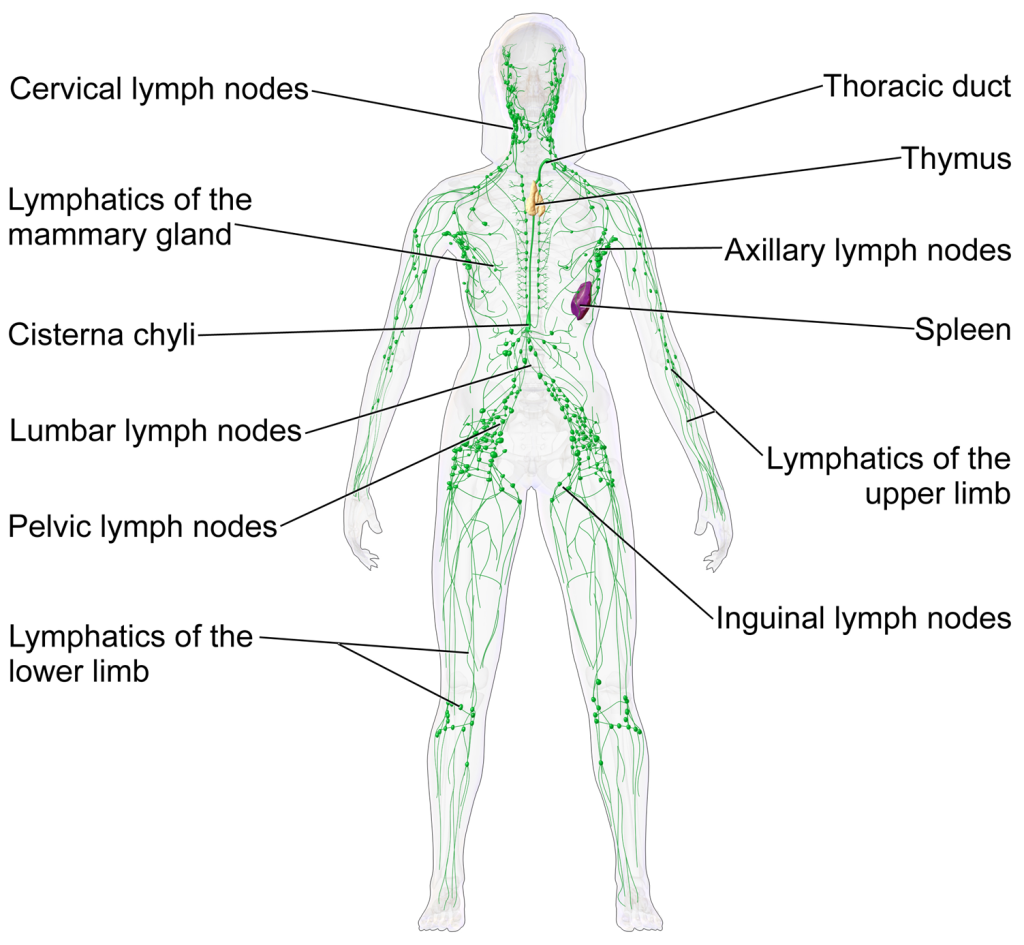
Manual lymphatic drainage (MLD) is used when our body is compromised by chemical overloading, stress or infection.
MLD provides a specific non muscular massage technique that helps our body refresh and rejuvenate lymphatic buildup, while stimulating our immune system to combat disease.
Manual lymphatic drainage (MLD) follows the lymphatic system our bodies generated to fight disease and infection.
When our body is compromised by chemical overloading, stress or infection, the lymphatic system can become
overburdened resulting in oedema and possible reabsorption of toxins.
MLD provides a specific non muscular massage technique that helps our body refresh and rejuvenate lymphatic buildup, while stimulating our immune system to combat disease. MLD is also a great application to treat lymphoedema and can help to enhance our immune defence. Examples of treatment that help lymphatic flow may be applied pre and post surgeries such as breast cancer that involves the removal of lymph nodes increasing buildup and discomfort. It can also help sinusitis, neurological migraines and headache and facial pain symptoms. MLD is known also to be effective
in assisting ankle or hamstring strain swelling.
As a precaution and under our duty of care, we may advise you receive clearance from your doctor in more chronic or complicated cases.
04.
Rotator Cuff
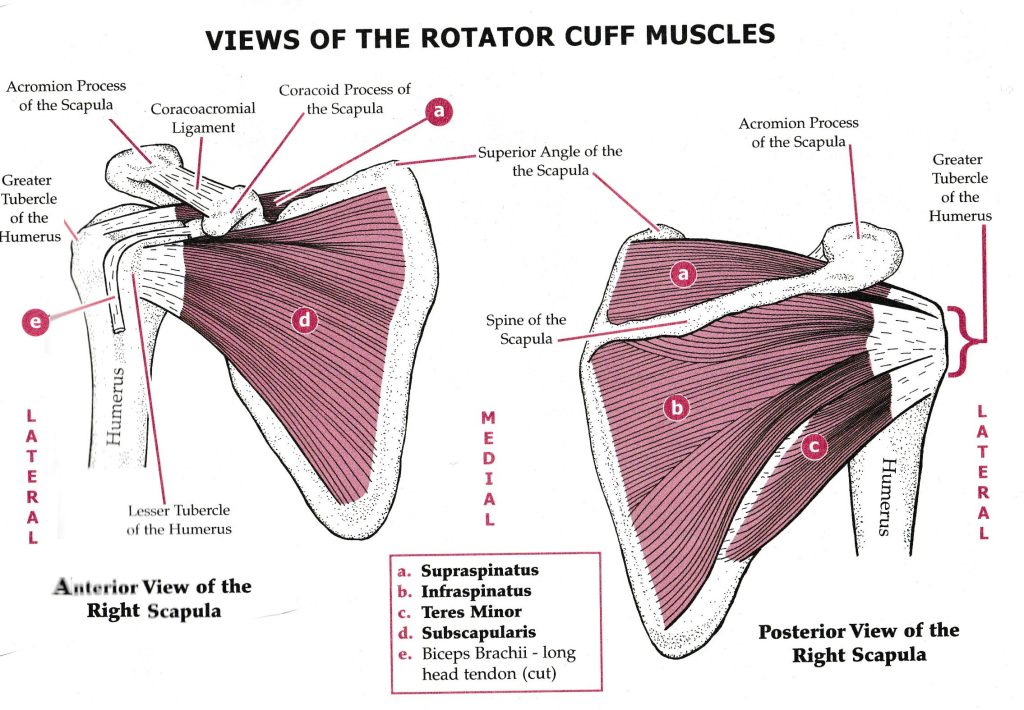
Rotator Cuff Syndrome is a condition affecting tendons and muscles of the shoulder joint, usually occurring from repetitive overhead actions or direct trauma to the shoulder.
The rotator cuff is a group of 4 muscles/tendons that help to stabilise and move the shoulder. If the shoulder suffers collision trauma or becomes inflamed, it may result in pain, weakness and reduced shoulder mobility.
The 4 muscles are:
- SUPRASPINATUS sits within the top of the shoulder blade and assists abduction. The muscle can also help to stabilise the shoulder within it’s ball and socked shoulder joint during movement and is also linked with the deltoid muscle located on the lateral arm contributing to abduction.
- INFRASPINATUS found at the back of the shoulder blade, works to rotate the arm away from the body or moving it outwards, as well as contributing to stability. The muscle is particularly useful when engaging in throwing, hitting or other overhead actions.
- TERES MINOR sits just below the infraspinatus extending laterally from the shoulder blade to the lateral upper arm. It assists in external rotation, working together with infraspinatus to help rotate the arm away from the body. The muscle also helps stabilise the arm during rotational reaching movements, ensuring function and control.
- SUBSCAPULARIS is located on the anterior front side of the shoulder blade. It is the only rotator cuff muscle that medially rotates the bone of the upper arm within the shoulder socket. This muscle works in opposition to teres minor and infraspinatus which perform external arm rotation. Subscapularis effectively carries out it’s actions and supports movement while stabilising the shoulder joint.
Causes of pain:
- Osteoarthritis is a degenerative condition and as the protective cartilage cushioning the ends of bones reduces, it can result in wear and tear at a joint causing weakness, pain and instability.
- Postural changes can also contribute to pain. As rhythmic shoulder movements become difficult to complete, initiating postural effects, this will compound pain, stiffness, swelling and weakness.
- Shoulder pain can be caused by a variety of factors including injury, overuse, muscular strain and underlying medical conditions. While incorrect clothing may not directly cause shoulder pain, it can contribute to discomfort and exacerbate pre-existing conditions. To prevent shoulder pain related to poorly fitting clothing, always allow for unrestricted movement and proper support. Avoid carrying heavy loads on one shoulder or held in one hand, as this can put strain on the rotator cuff active range of movement.
Myotherapy can assist with treatments to ease rotator cuff issues.
05.
Dry Needling
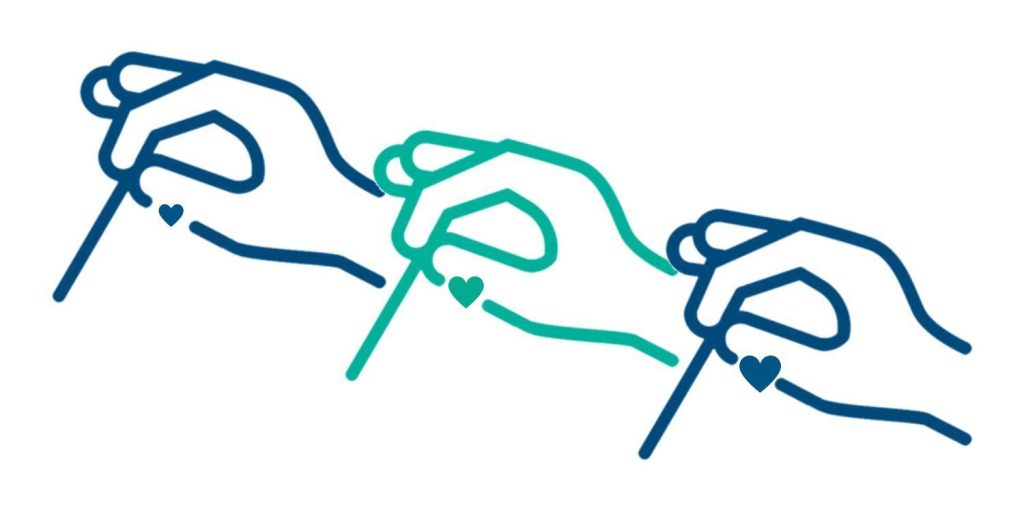
Dry needling may be included as part of your therapy.
This involves the insertion of a fine filament needle into muscle in the region of a trigger point or a painful spot within muscle tissue.
The process aims to elicit a localised twitch response to release muscular tension and eliminate neuromuscular dysfunction.
Neck pain
Tennis Elbow
Back pain
Knee pain
Shoulder pain
Anterior leg pain
Calf pain
Rhomboid pain
TMJ pain
A clinical assessment will always be undertaken before treatment begins. At no time will we walk away when needles have been applied. Following application, the area treated will be reassessed to gauge how well your muscles have responded. It’s also important to know that we will always work with you to understand your cause of pain and help you to alleviate repeat symptoms.
Dry needling is effective for treating acute and chronic pain and works well in conjunction with standard manual therapy for neuromuscular relieving treatments.
If you are taking specific medications or have recently been treated for cancer or other systemic disease, it is recommended not to apply dry needling. The reason not to use this method of treatment relates to how it promotes metabolism and increased oxygen transportation to muscles. If you have a systemic disease, we will not apply dry needling as increased metabolism can be counterproductive to certain illnesses. It is also our policy not to use dry needling on people younger than 18 years of age.
Our practice does not charge you extra for dry needling. It is part of our service that works well in combination with other treatment techniques.
This is why you cannot book an appointment for dry needling on it’s own.
In the majority of cases, improved mobility is immediate and pain reduction is felt within 24 hours. For longer lasting improvements treatment should continue for approximately one session per week for up to 3 weeks.
06.
Tinnitus Treatment
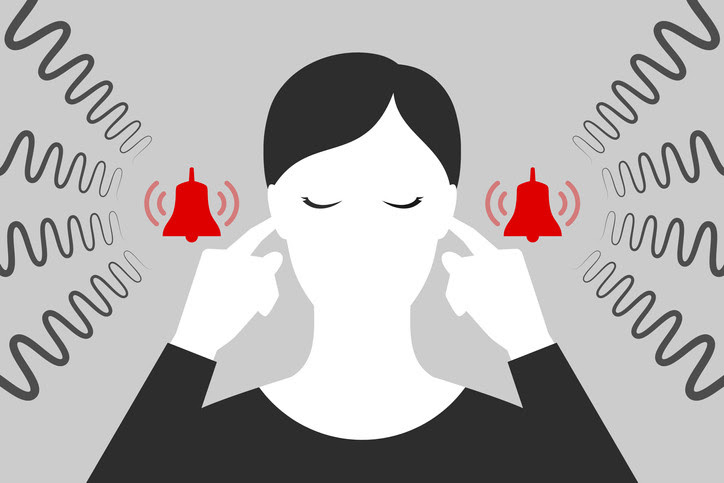
Tinnitus is a perception of sound in the ears or head described as ringing or buzzing that is often caused by exposure to loud noises, but other non external factors may contribute to tinnitus.
Excessive build up of ear wax blocking the ear canal may require professional help to reduce blockage and alleviate symptoms.
Ear infection or inflammation can also contribute to symptoms.
Some medications can damage the inner ear, this may occur when taking a higher dose of antibiotics, diuretics, and some cancer specific drugs.
Tinnitus may be caused by malfunction or disruption within our auditory system that may include the inner ear and auditory nerve, closely linked to our central nervous system (CNS). Any damage of structures involved in sound processing can lead to tinnitus.
07.
Lower Back Pain
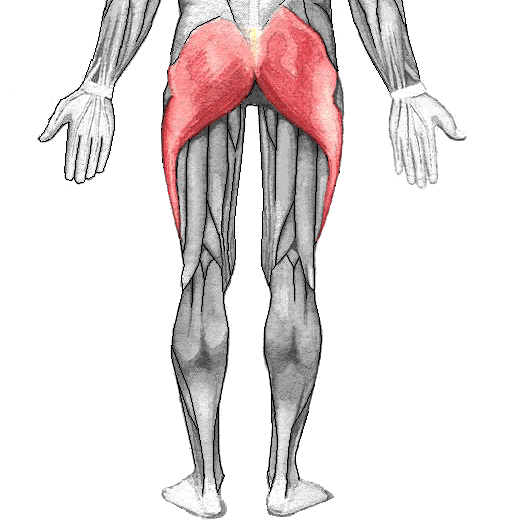
Lower back pain can include the referral of pain symptoms from the gluteal muscle group.
Muscles that may refer pain can include the quadriceps with focus to VMO, lateral thigh muscles and the hamstring group.
Myotherapy can assist with treatments to ease lower back pain, after identification of the underlying pain source.
08.
Remedial Massage
Remedial Massage provides short term assistance when Myotherapy is not appropriate.
What Are You Waiting For...
Make An Appointment
My location
269 Inkerman Street
BALACLAVA VIC 3183
Enter from Linton Street
Opening Hours
Mon: 10am - 6pm
Thurs:10am - 7pm
Fri: 10am - 6pm
Sun: 10am - 6pm on alternate Sundays
Contact
Phone: 0405 125 439
Email: info@carennelsonmyotherapy.com.au
